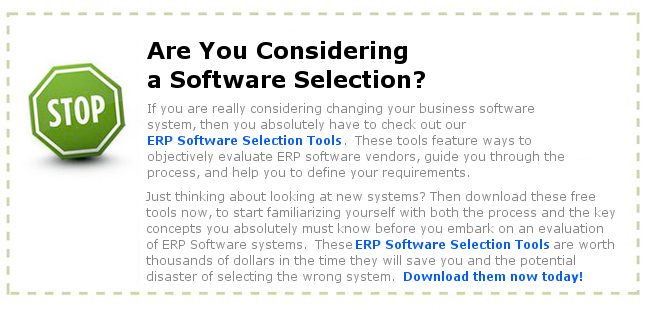In this month’s Harvard Business Online, there is a fascinating article on how one bank in Japan rolled out a new business system successfully by breaking all the rules. By adapting a modular approach and leveraging technologies such as the Internet, they were able to take a dying business and revamp it into a major player in their market. The article requires accepting their terms of use, but is really worth reading for anyone who plans, manages, or deploys systems.
Radically Simple IT
By designing and deploying enterprise systems in a different way, Japan’s Shinsei Bank turned IT from a constraint into a launchpad for growth.
by David M. Upton and Bradley R. Staats
Enterprise IT projects—both custom and packaged “one size fits most†systems—continue to be a major headache for business leaders. The fundamental problem with these systems is that for the most part, they’re constructed using what programmer and open source champion Eric Raymond dubbed a cathedral approach. Like the great edifices that Europeans erected in the Middle Ages, enterprise IT projects are costly, take a great deal of time, and deliver value only when the project is completed. In the end, they yield systems that are inflexible and cement companies into functioning the way their businesses worked several years ago, when the project started. Despite recent improvements in the flexibility of packaged software, companies often find it exorbitantly expensive and difficult to modify their enterprise systems in order to exploit new business opportunities.


